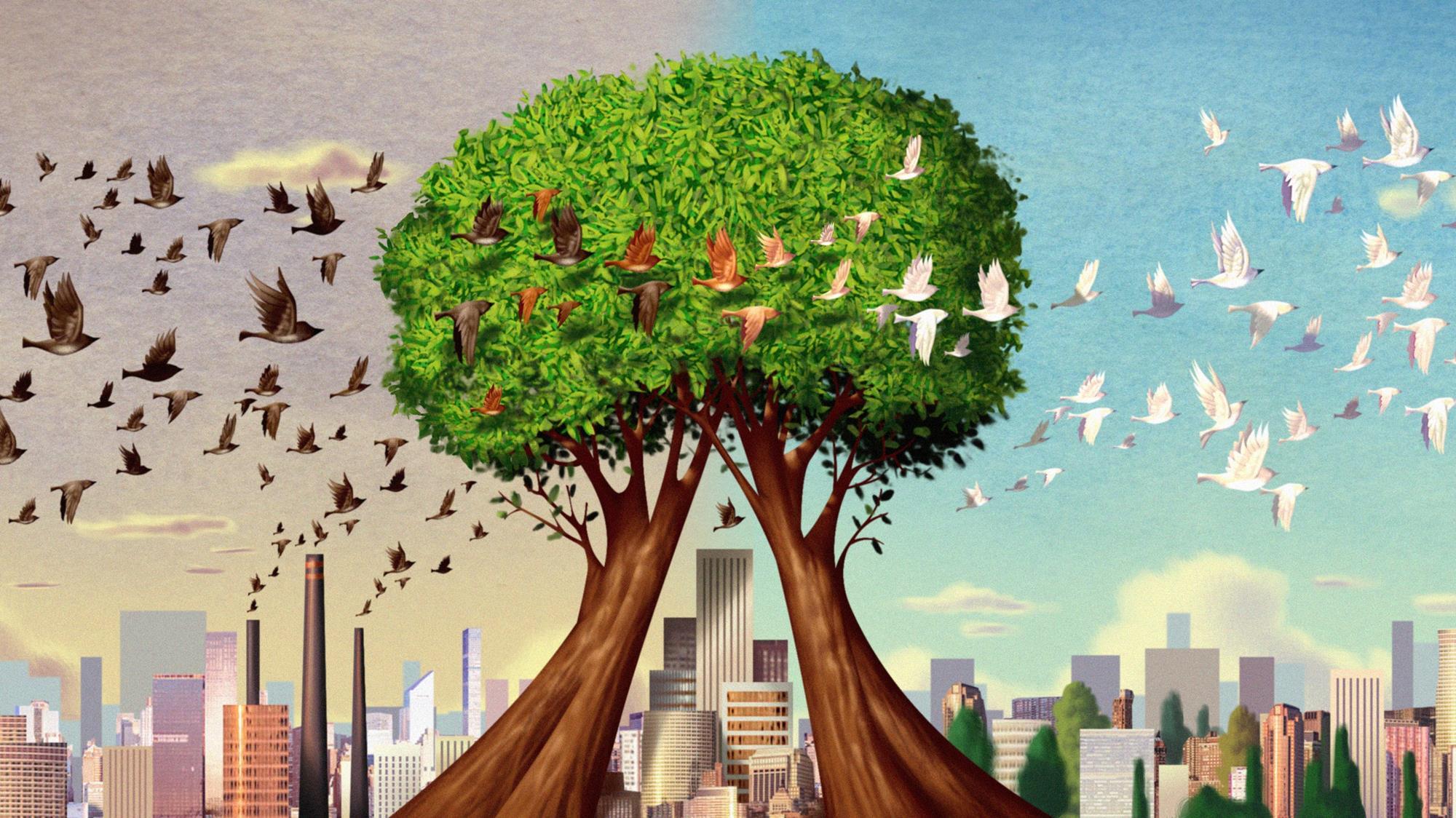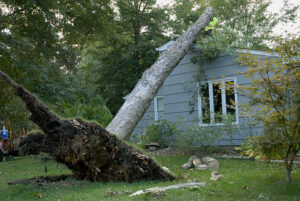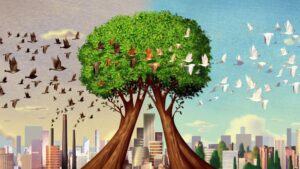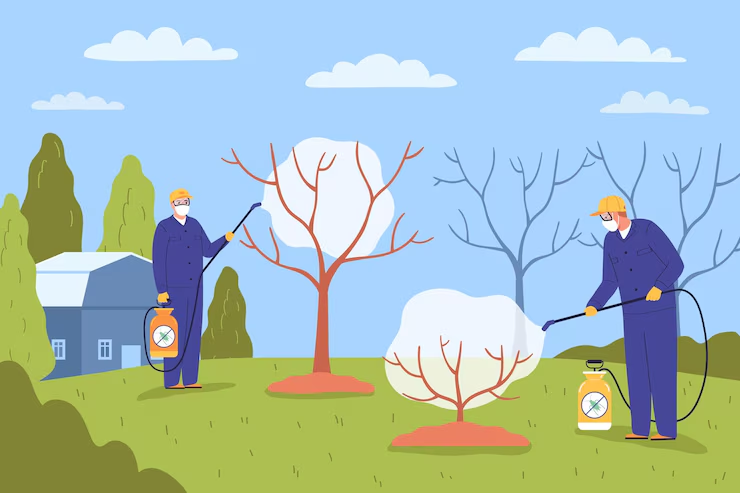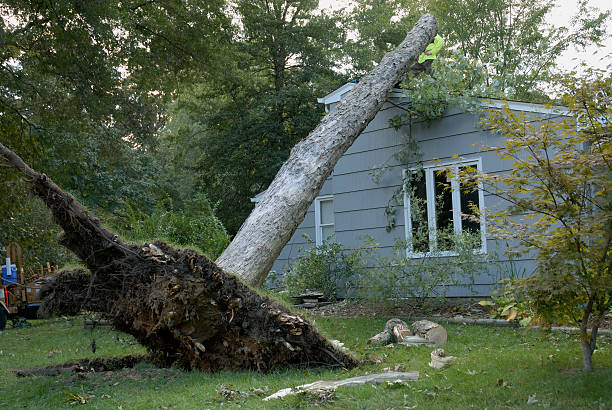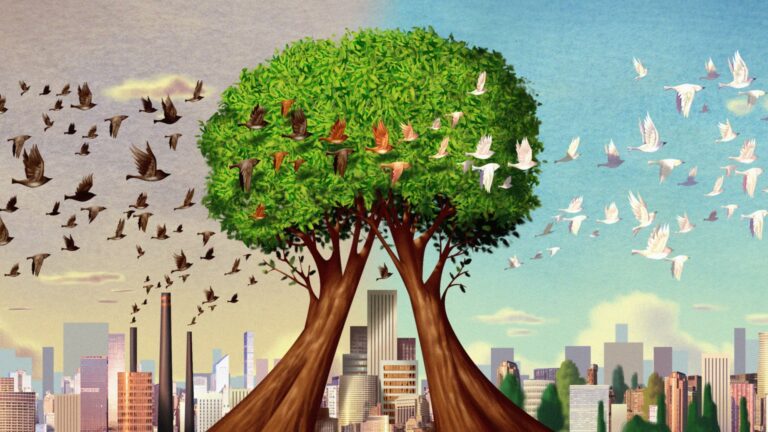Urban Tree Planting Can Reduce City Heat and Improve Air Quality
Published by Trophy Tree Co.
Cities are heating up. Concrete, steel, traffic, and buildings trap heat like a sponge. Ever walked across a city sidewalk in July? Feels like the floor of an oven. This is called the Urban Heat Island Effect—and trees might just be our simplest fix.
Let’s break down why urban tree planting isn’t just about aesthetics. It’s about health, survival, and creating liveable neighbourhoods. If you’re in a city in Texas or anywhere heatwaves are becoming the norm, this is for you.
🌳 Why Cities Are Hotter Than the Countryside
• Asphalt, concrete, and rooftops absorb and retain heat all day.
• There’s little natural shade or moisture to balance it out.
• Trees = natural air conditioners.
Trees cool through something called transpiration—they pull water from the ground and release it through leaves. That process lowers ambient temperatures. Also, tree canopies create shade that can cool surfaces by up to 45°F.
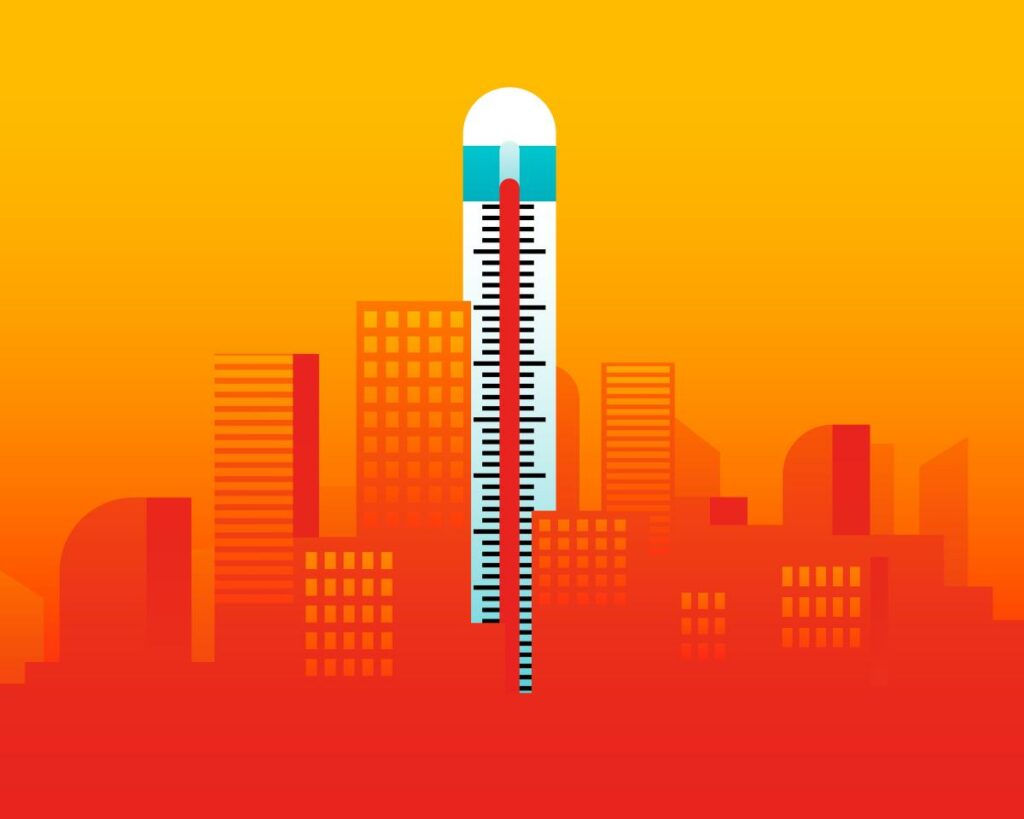
🌬️ How Trees Improve Air Quality
City air is often trash. Between car emissions, industrial pollution, and less wind movement, you’re breathing in things you really don’t want in your lungs.
Trees help by:
• Filtering pollutants like nitrogen dioxide, ozone, and particulate matter
• Capturing dust and allergens
• Producing oxygen (kind of a big deal)
In short: More trees = better lungs.
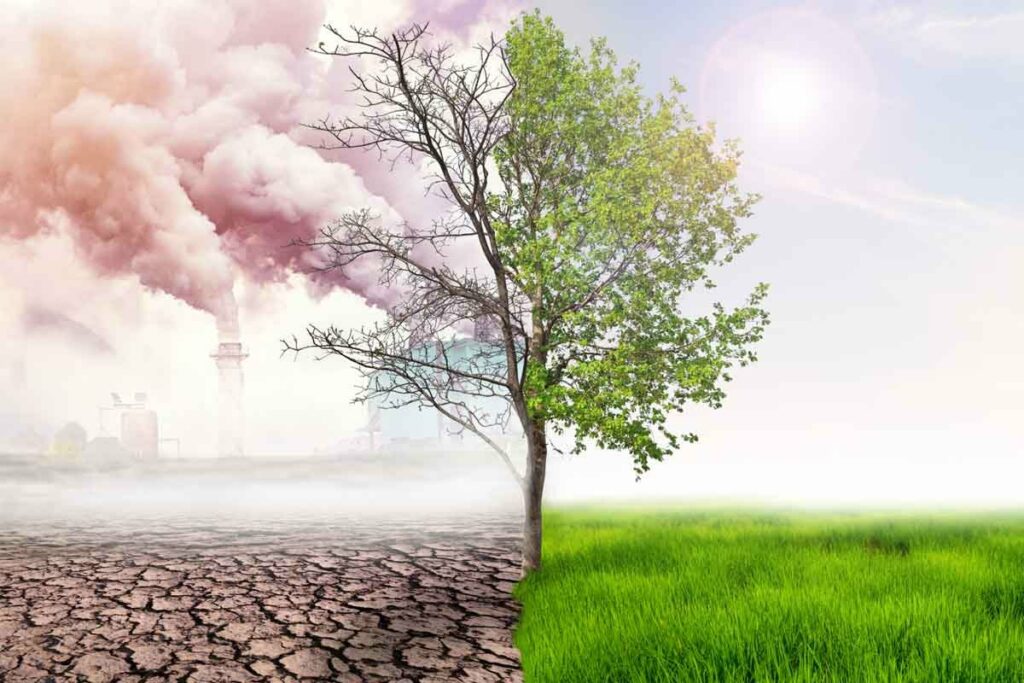
📍 The Right Tree in the Right Place
Randomly planting trees won’t cut it. Urban tree planting only works if you plan it:
• Use native or drought-tolerant species (check out our tree planting services)
• Avoid species that cause root damage or drop heavy debris
• Plant where shade helps pedestrians, homes, or parking areas
Need help with placement? Contact our arborists to get a custom planting plan.
💡 Real Impact: By the Numbers
According to the US Forest Service:
• A mature tree can cool a city block by 1–5°F
• 100 trees remove 53 tons of carbon dioxide per year
• A single large tree can provide a day’s oxygen for four people
Imagine if every street in your neighbourhood had just five more trees.
🌱 Urban Tree Planting Tips
Want to start planting in your city or community?
• Choose shade-friendly species like red oaks or elms
• Avoid monocultures—mix it up for resilience
• Water regularly in the first 2 years
• Protect trunks from weed trimmers and mowers
Live in Dallas, Arlington, or Fort Worth? We’ve got local guides and services to help.
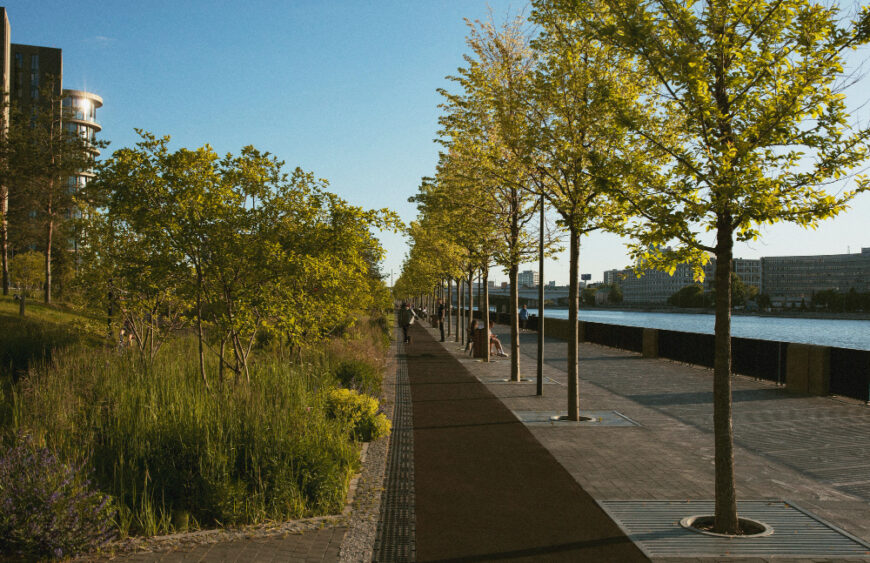
🌎 It’s Bigger Than Just Shade
Urban trees reduce energy bills, lower stormwater runoff, increase property values, and promote mental well-being. Cities with trees are healthier—physically and psychologically.
And the best time to plant a tree? 20 years ago.
The second-best time? Today.
Book a free tree consultation and let’s green your city—one tree at a time.
FAQs
Q: Which trees are best for reducing heat?
A: Large canopy trees like sycamores, oaks, and elms are best. Native varieties also need less maintenance.
Q: How many trees do I need to cool my home?
A: Even 2–3 well-placed trees on the south and west sides of a house can reduce cooling needs by up to 30%.
Q: Can trees really make the air cleaner in cities?
A: Yes. Trees absorb harmful gases and trap fine particles—helping reduce asthma and other respiratory issues.
Q: What’s the best season for planting?
A: Fall and early spring are ideal. Less heat stress, more moisture.
Q: Can Trophy Tree Co. help with permits or city rules?
A: Yes. We’re familiar with city codes and can handle the paperwork.
Tags: #UrbanForestry #CityTreePlanting #TreeBenefits #TrophyTreeCo #CleanAir #ReduceCityHeat
External Resources:
- Arbor Day Foundation – Benefits of Trees
- US Forest Service – Urban Forests
- The Morton Arboretum – Tree Science
Want us to make your block greener? Explore our services or get in touch.

